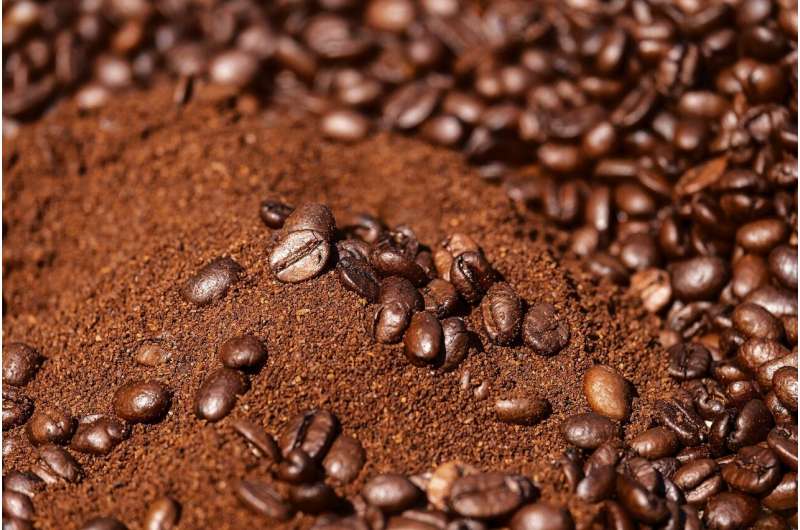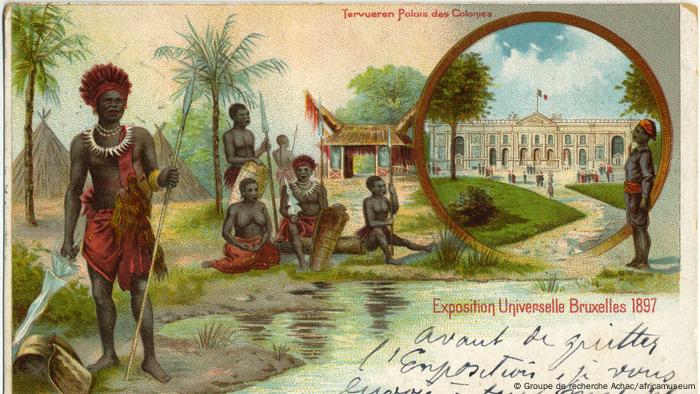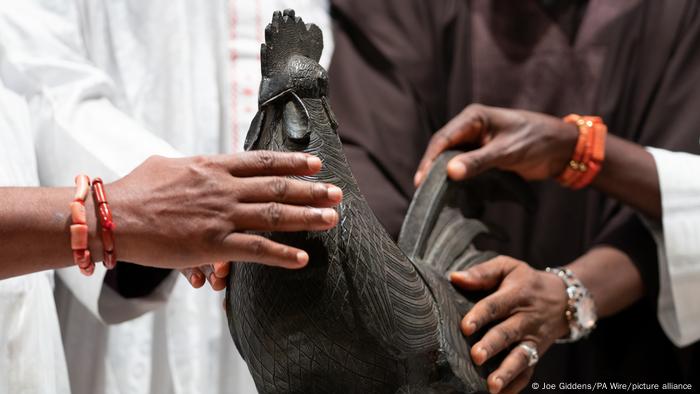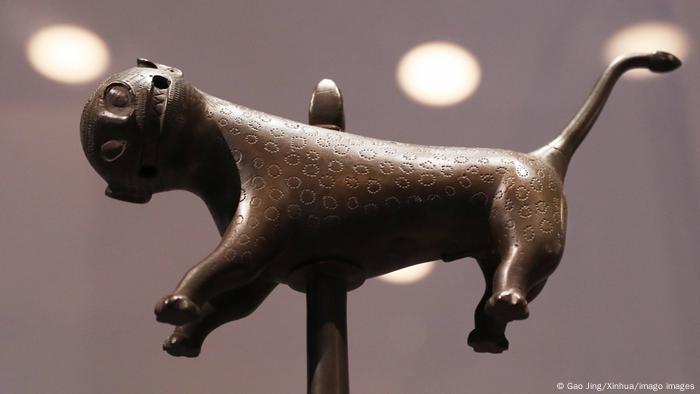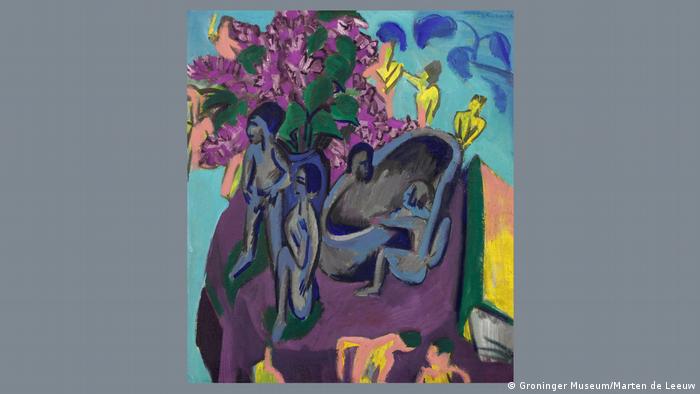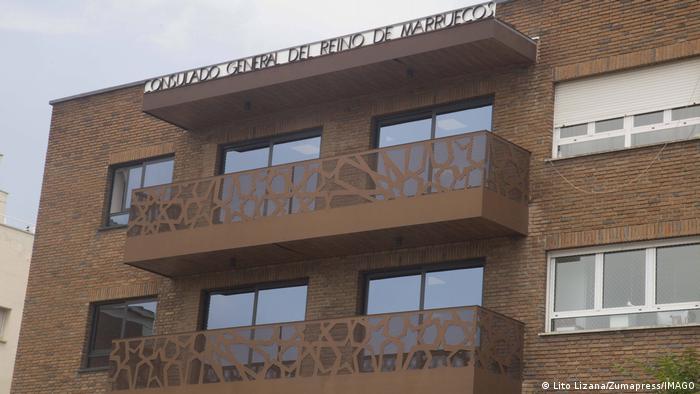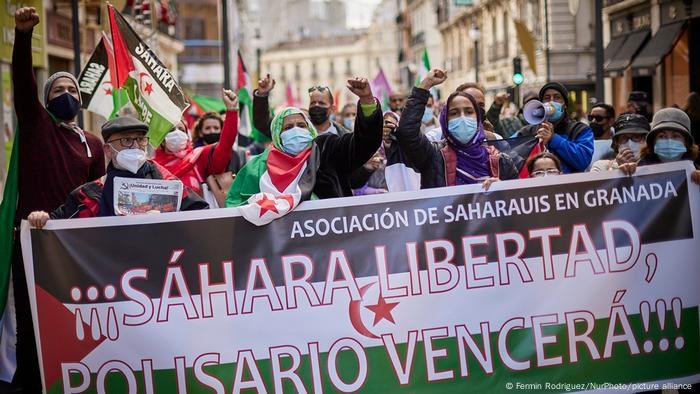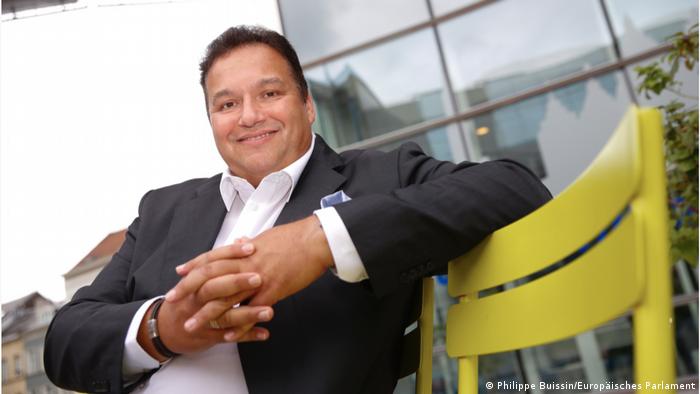Cheaper, more efficient ways to capture carbon
- March 16, 2022
- University of Colorado at Boulder
- Researchers have developed a new tool that could lead to more efficient and cheaper technologies for capturing heat-trapping gases from the atmosphere and converting them into beneficial substances, like fuel or building materials.
University of Colorado Boulder researchers have developed a new tool that could lead to more efficient and cheaper technologies for capturing heat-trapping gases from the atmosphere and converting them into beneficial substances, like fuel or building materials. Such carbon capture technology may be needed at scale in order to limit global warning this century to 2.7 degrees F (1.5 Celsius) above pre-industrial temperatures and fend off catastrophic impacts of global climate change.
The scientists describe their technique in a paper published this month in the journal iSCIENCE.
The method predicts how strong the bond will be between carbon dioxide and the molecule that traps it, known as a binder. This electrochemical diagnosis can be easily applied to any molecule that is chemically inclined to bind with carbon dioxide, allowing researchers to identify suitable molecular candidates with which to capture carbon dioxide from everyday air.
"The Holy Grail, if you will, is to try to inch toward being able to use binders that can grab carbon dioxide from the air [around us], not just concentrated sources," said Oana Luca, co-author of the new study and assistant professor of chemistry. "Determining the strength of binders allows us to figure out whether the binding will be strong or weak, and identify candidates for future study for direct carbon capture from dilute sources."
The goal of carbon capture and storage technology is to remove carbon dioxide from the atmosphere and store it safely for hundreds or thousands of years. But while it has been in use in the U.S. since the 1970s, it currently captures and stores a mere 0.1% of global carbon emissions annually. To help meet carbon emissions goals laid out by the IPCC, carbon capture and storage would have to rapidly increase in scale by 2050.
Current industrial facilities around the world rely on capturing carbon dioxide from a concentrated source, such as emissions from power plants. While these methods can bind a lot of carbon dioxide quickly and efficiently using large amounts of certain chemical binders, they are also extraordinarily energy intensive.
This method also is quite expensive at scale to take carbon dioxide and turn it into something else useful, such as carbonates, an ingredient in cement, or formaldehyde or methanol, which can be used as a fuel, according to Luca, fellow-elect of the Renewable and Sustainable Energy Institute (RASEI).
Using electrochemical methods instead, such as those detailed in the new CU Boulder-led study, would free carbon capture facilities from being tied to concentrated sources, allowing them to exist almost anywhere.
Being able to easily estimate the strength of chemical bonds also enables researchers to screen for which binders will be best suited -- and offer a cheaper alternative to traditional methods -- for capturing and converting carbon into materials or fuel according to Haley Petersen, co-lead author on the study and graduate student in chemistry.
Creating chemical bonds
The science of chemistry is based on a few basic facts: One, that molecules are made of atoms, and two, that they are orbited by electrons. When atoms bond with other atoms, they form molecules. And when atoms share electrons with other atoms, they form what is called a covalent bond.
Using electricity, the researchers can activate these bonds by using an electrode to deliver an electron to a molecule. When they do that to an imidazolium molecule, like they did in this study, a hydrogen atom is removed, creating a gap in a carbon atom for another molecule to want to bond with it -- such as carbon dioxide.
However, carbon dioxide (CO2) is the kind of molecule that doesn't typically like to create new bonds.
"It's generally unreactive, and in order to react with it, you also have to bend it," said Luca. "So we're in a chemical space that hasn't really been probed before, for CO2 capture."
The method the researchers examines how good a whole family of carbenes (a specific type of molecule, containing a neutral carbon atom), that they can electrochemically generate, are at binding CO2.
"Just by looking at very simple molecules -- molecules that we can make, molecules that we can modify -- we can obtain a map of the energetics for electrochemical carbon capture. It is a small leap for now, but possibly a big leap down the line," said Luca.
This material is based upon work supported by the National Science Foundation Graduate Research Fellowship under Grant No. DGE 2040434.
Story Source:
Materials provided by University of Colorado at Boulder. Original written by Kelsey Simpkins. Note: Content may be edited for style and length.
Journal Reference:
- Haley A. Petersen, Abdulaziz W. Alherz, Taylor A. Stinson, Chloe G. Huntzinger, Charles B. Musgrave, Oana R. Luca. Predictive energetic tuning of C-Nucleophiles for the electrochemical capture of carbon dioxide. iScience, 2022; 25 (4): 103997 DOI: 10.1016/j.isci.2022.103997
